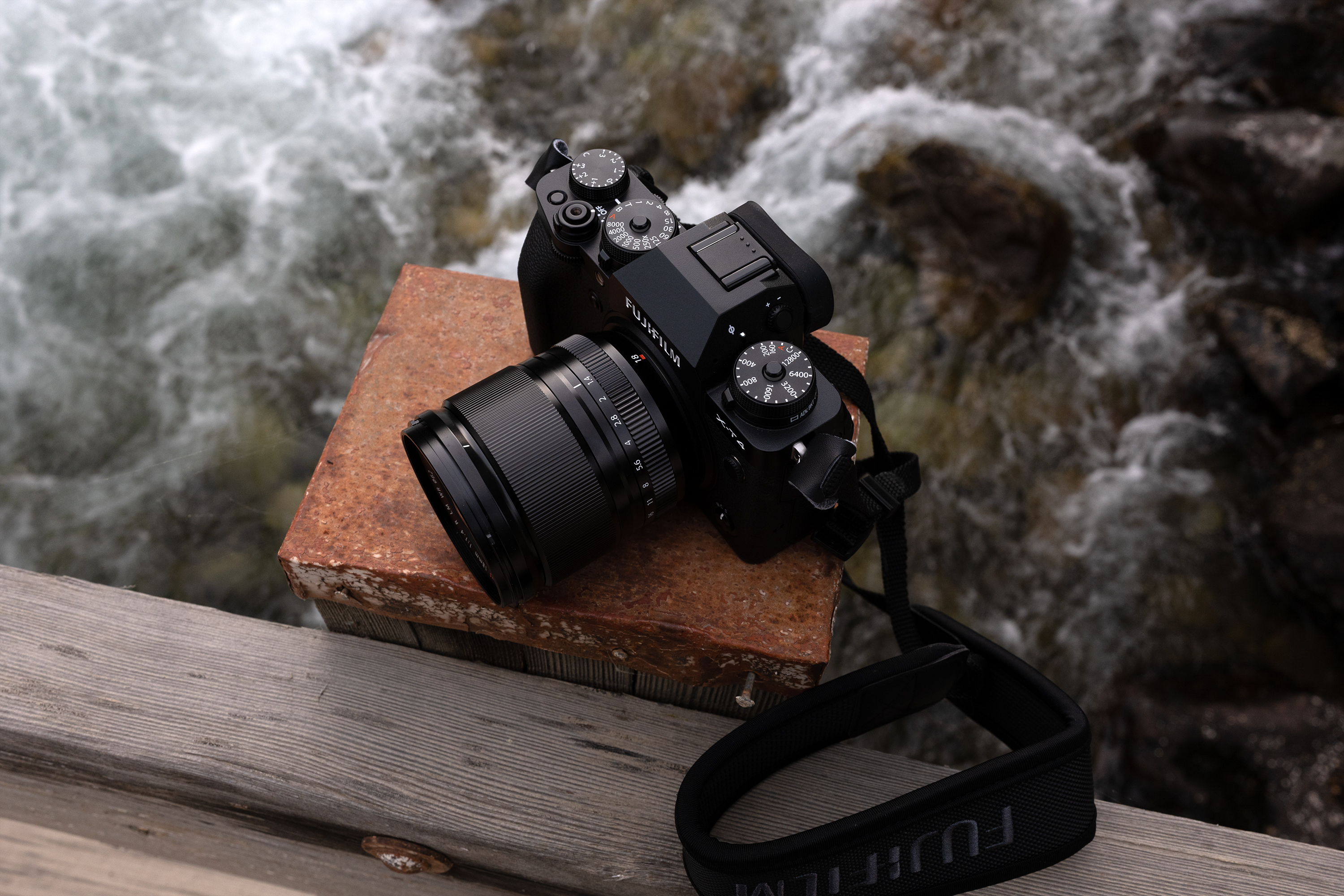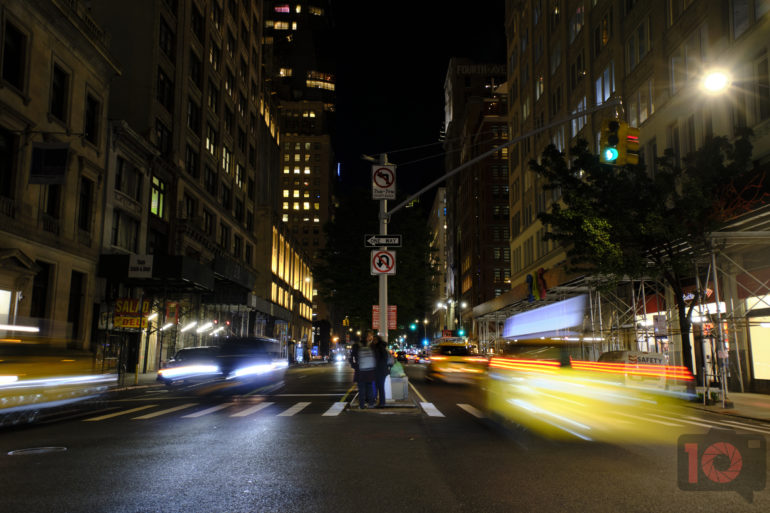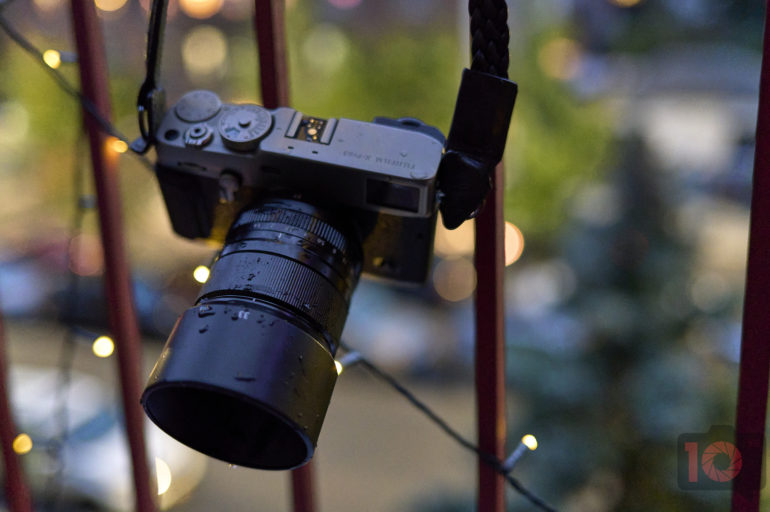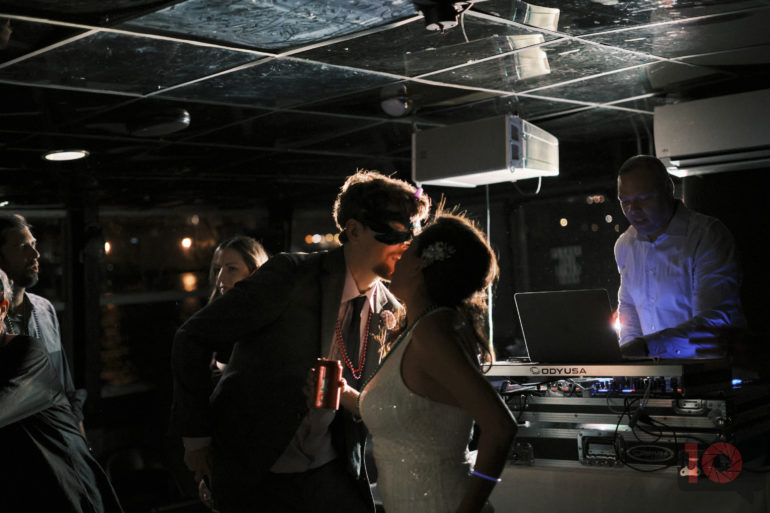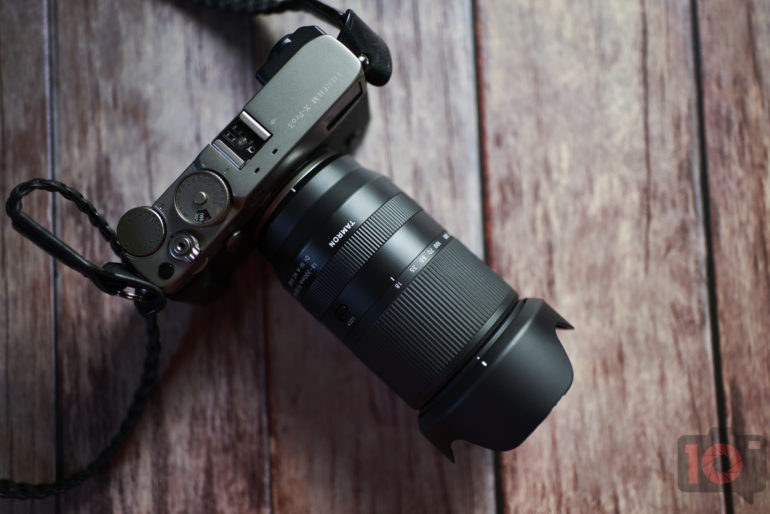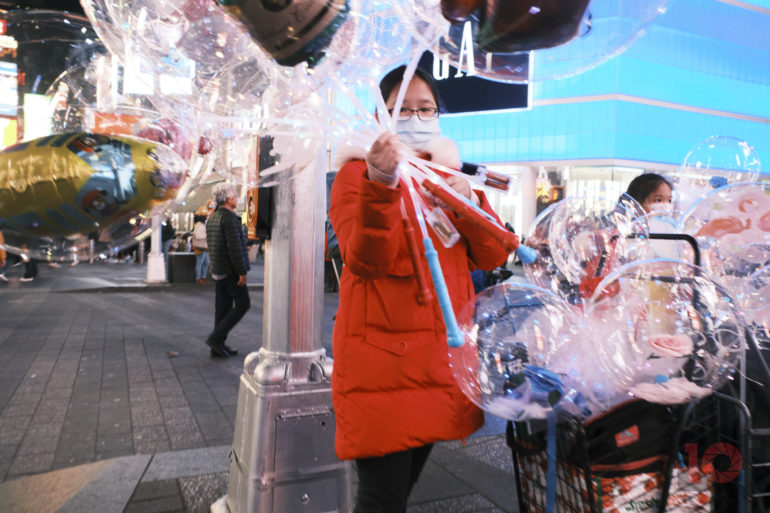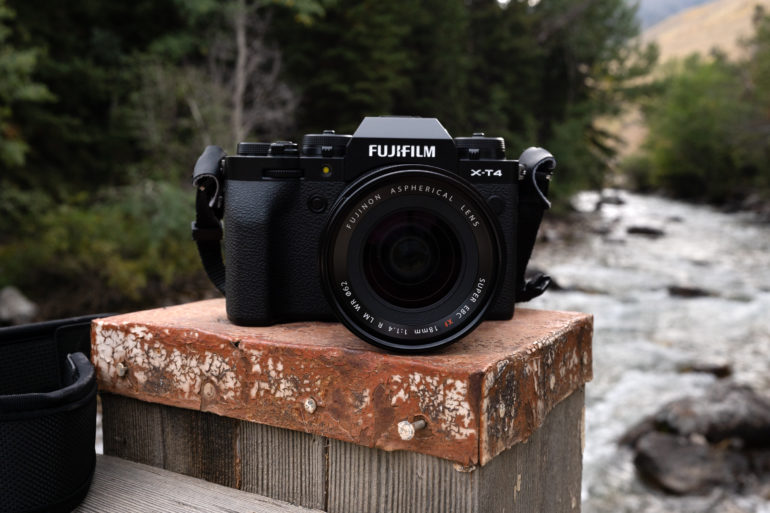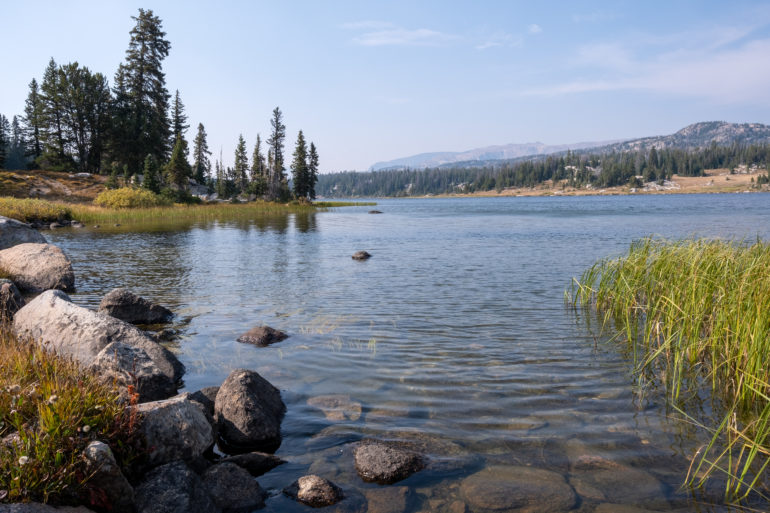Travel photography with the Fujifilm camera system is strongly recommended for various reasons. They’re small, lightweight, and often have exceptional image quality. We’ve tested most of them, and our staff prefers the prime lenses. What’s more, most of the staff here at The Phoblographer shoots with Fuji. We’re leading you to choose the best Fujifilm lens for travel photography. Take a look with us!
You can view this article and much more with minimal banner ads in our brand new app for iOS, iPadOS, and Android. And for $24.99/year, you can have a banner ad-free experience.
The Phoblographer’s various product round-up features are done in-house. Our philosophy is simple: you wouldn’t get a Wagyu beef steak review from a lifelong vegetarian. And you wouldn’t get photography advice from someone who doesn’t touch the product. We only recommend gear we’ve fully reviewed. If you’re wondering why your favorite product didn’t make the cut, there’s a chance it’s on another list. If we haven’t reviewed it, we won’t recommend it. This method keeps our lists packed with industry-leading knowledge. Some of our stories include affiliate links. If you buy something through one of these links, we may earn an affiliate commission.
Table of Contents
Pro Tips on Using Your Fujifilm Lens for Travel
Fujifilm’s major strength is its prime lenses. So with that said, here are some tips to consider before choosing a lens:
- The Fujifilm X-mount zoom lens lineup is good, but not exceptional. A few of their zoom lenses feel like primes. But overall, we recommend other brands when it comes to zoom lenses.
- If you’re choosing a Fujifilm lens for travel, reach for Fuji’s excellent primes. They’re small, lightweight, and many of them have weather resistance.
- Make sure your cameras have the latest firmware.
- Know that when you choose a Fujifilm lens for travel, the image quality is mostly defined by the camera sensor. Choose a film simulation and get to shooting!
- In Capture One, you can apply the Fujifilm film simulations with ease. So that should make choosing a Fujifilm lens for travel photography a bit simpler.
Fujifilm 33mm f1.4 R WR
In our review, we state:
“It’s hard not to like the image quality of the Fujifilm 33mm f1.4 R WR LM. It’s sharp, the bokeh does the job, and you’ll always get those Fujifilm colors you adore. Any passionate photographer would be crazy not to want this lens or at least not appreciate it for everything it can do. If Fujifilm had something like the Canon L or Sony G Master lineups, this lens would be included in that easily.”
Tamron 18-300mm f3.5-6.3 Di III-A2 VC VXD
In our review, we state:
“As I’ve stated, I’ve been using the Tamron 18-300mm f3.5-6.3 Di III-A2 VC VXD with the X Pro 3. Most of the time, I really wish it had Bird autofocus detection. Fujifilm doesn’t have it, but it would’ve made birding in NYC so much easier. Fujifilm’s ergonomics let you quickly choose an autofocus point, but it would be faster if bird detection were built in. For the most part, though, the Tamron 18-300mm f3.5-6.3 Di III-A2 VC VXD is quick to focus and very accurate. Any inaccuracies I’ll blame on Fujifilm and the company’s negligence to the Fujifilm X Pro 3. I’m sure the performance will be even better on the Fujifilm XT4.”
Fujifilm 18mm f1.4 R WR
In our review, we state:
“There’s a lot to love about this lens. It’s sharp. The lens boasts good bokeh that you’ll enjoy. It also keeps any majorly annoying, traditional lens issues at bay. And then there’s Fuji’s color, which comes primarily from its sensor output. No matter what simulation you use, you’re going to adore this lens.”


